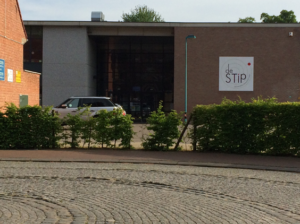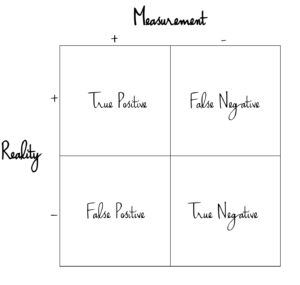Why pay an entire team of people to solve the same problems over and over again when customers seem no less frustrated after talking to them? And the customers you would actually like to talk to, simply don’t call. Or can’t get through. If you have to cut expenses, this would be the way to go, right?
Before you jump to that conclusion: let’s take a step back. Why did you want a customer service in the first place?
Continuously improve your service
Who better to detect those opportunities than the customer service representative? After all, he is first in line to hear what customers complain about. And when things go seriously wrong, he’s the one trying to deal with the ‘incident’.
Incidents call for incident management: alarming the rest of the organisation and then preparing ourselves for the angry calls to start pouring in. We make sure we know exactly what to say (and how to say it). Basically, we ‘swallow’ incidents.
Can you then be surprised your employees feel pressured? They spend most of their time on conversations they nor the customers want to be having. They are simply not equipped for all this extra workload. And the customers you really want to talk to, are kept on hold for longer and longer periods of time. With many of them just giving up. This is the moment when the customer service starts ringing the alarm bell. They ‘dislocate’ the whole organisation with its craving for extra man power.
Your customer service has so much more potential than that. Instead of reacting, they could be ‘proacting’. You want them to take control of the situation. How? By contacting the customer and informing them of what happened – before they call you.
Eliminate ‘worthless’ customer contacts
But it goes beyond ‘incidents’. Even when nothing goes wrong, you still have to deal with all these ‘worthless’ customer contacts. Just count the number of questions that could have been answered via other, cheaper and often more accessible channels (a.k.a. the internet). Or questions that are a result of unclear communication (just think of invoices that can be made head nor tail of). You’d be shocked.
Your customer service department has insight into all these problems. Sadly enough, that’s where it often comes to a standstill. Is your organisation ready to confront its problems and look for root causes? And fix them? Start by measuring the number of ‘worthless’ contacts. And take action to decrease this number.
Increase customer loyalty
You can’t solve everything. Mishaps happen, new problems pop up. Even without them you will always find unsatisfied customers. No matter how well your organisation handles problems: angry customers will always find their way to your customer service department first.
And that’s when it often goes wrong. Your customer service employee is only human. And humans don’t tend to react very well to angry people. We feel attacked and snap into defence mode. I don’t think I need to paint you a picture of when happens next. The customer gets even more upset, as does your employee until one of them explodes or worse, just hangs up. Nobody’s happy, everybody loses.
Why do these situations go so wrong, so quickly? It starts with the first question a customer service employee is thought to ask himself: “Is this complaint valid?” We basically start by questioning the customer. Highly frustrating of course. Would he have called if he didn’t think his complaint was valid?
So how to go about this properly? It might not sound like it, but an angry customer is actually a great thing. Were you waiting for an opportunity to turn your customers into ‘fans’? Well, this is it!
Richard Gallagher wrote a brilliant book about it: The Customer Service Survival Kit. Bottom line: never ever strip a client of his sense of self-worth. No matter how irrational (or crazy) you think the customer is behaving. Make him feel like a normal human being. Tell him that everybody would feel that way is his situation – heck even you would feel the same way. This doesn’t mean you side against your colleagues. It means you acknowledge his perception as (a) reality. By doing so you create an opportunity to offer solutions – and a customer who’s willing to hear them! Focus on what you can do, as opposed to what the customer demands.
Teach your employees these techniques and you will see a huge difference. Mind you, it will take more than a day to master. Give them the room and the authority to offer clients ‘second time right’ solutions. Support them with processes and systems that facilitate this.
Don’t let you client slip away. Make him your most loyal customer instead.
Be gone with customer service?
Maybe not just yet. Think about what your customer service could be for your customers – and for your organisation. A strong customer vision will bring you a long way. The more concrete and clear, the more people translate it into their day-to-day decisions.














